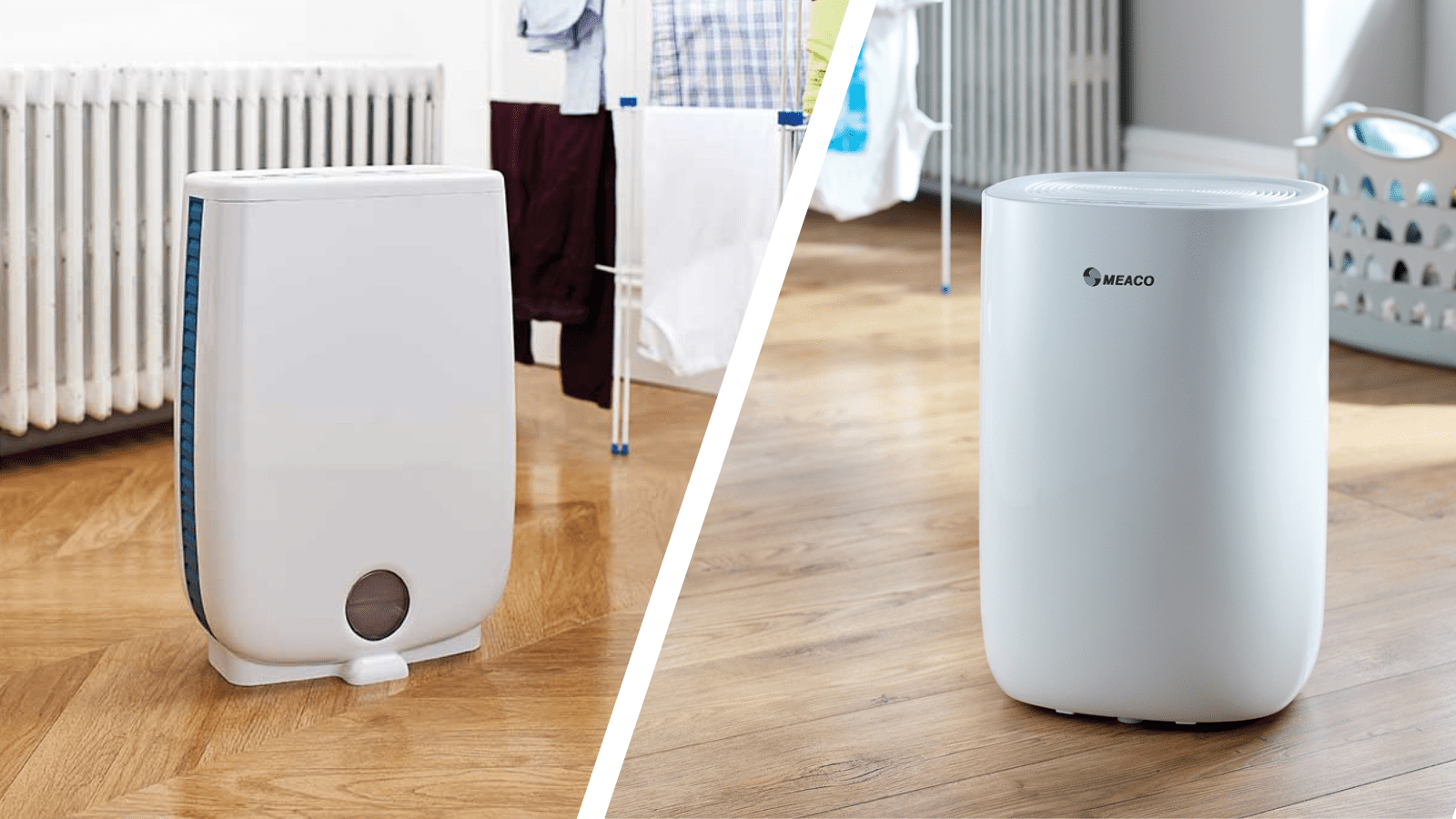Local newspapers are a never ending source of stories about damp housing. Type those words into Google news and hardly a week goes by without a tenant complaining about the quality of their council housing via the local paper. The stories are always very similar, tenant blames council, council blames tenant, paper shows photos of mouldy walls and either an elderly tenant or a single mum with small children.
I have a great deal of sympathy for both parties in the story, the tenants are living in mouldy houses and the councils often do have grounds for saying that it is not their fault. I have less sympathy for the councils though as they are paid professionals and they should know better and deal with the issues months or years earlier to prevent the home getting into the state it is in by the time the newspaper photograper arrives.
When you look at the detail of these newspaper articles you will always find a line where the council says something along the lines of ‘we have sent an expert round and he has concluded that it is only condensation……’ That’s fine but the tenant is still unhappy and the walls are still mouldy, so the problem still exists.
What I feel the council should be doing.
What the council should be doing I feel is;
• Improving the quality of cavity wall insulation in their housing stock so that the walls have a higher surface temperature and the chances of mould and condensation forming will be greatly reduced.
• Ensure that the property has adequate ventilation in the bathroom and kitchen.
• Educate the tenant about what happens to the moisture that they produce and its relationship to the mould and condensation.
• If necessary provide the tenant with a dehumidifier and explain how it can help and again educate them that they are not expensive to run and that they are an important weapon in keeping heating bills down and the air healthy.
Point three is very important because the comments in the media that followed the recent Mackintosh School of Architecture report on the effects of drying laundry in the home proved that many people are totally unaware of the amount of moisture that is put into the air by drying washing indoors.
If the council do the above and the tenant then uses a combination of ventilation and the dehumidifier then they will not get the mould. But there is no point in the tenant just being given a dehumidifier without any instruction; they need to be educated about how to use it, the true story behind running costs and the health and wealth benefits that will follow. There is also no point in the council putting the dehumidifier in for a short period of time, the dehumidifier will be needed throughout the year as long as the tenant remains and the surface temperature of the walls and windows remains low enough for condensation and mould to form.
So the next time you read a story in your local paper just think that for the sake of a £159.99 dehumidifier and some decent insulation the council could of avoided al of this grief and bad publicity.
Products featured: dehumidifier







